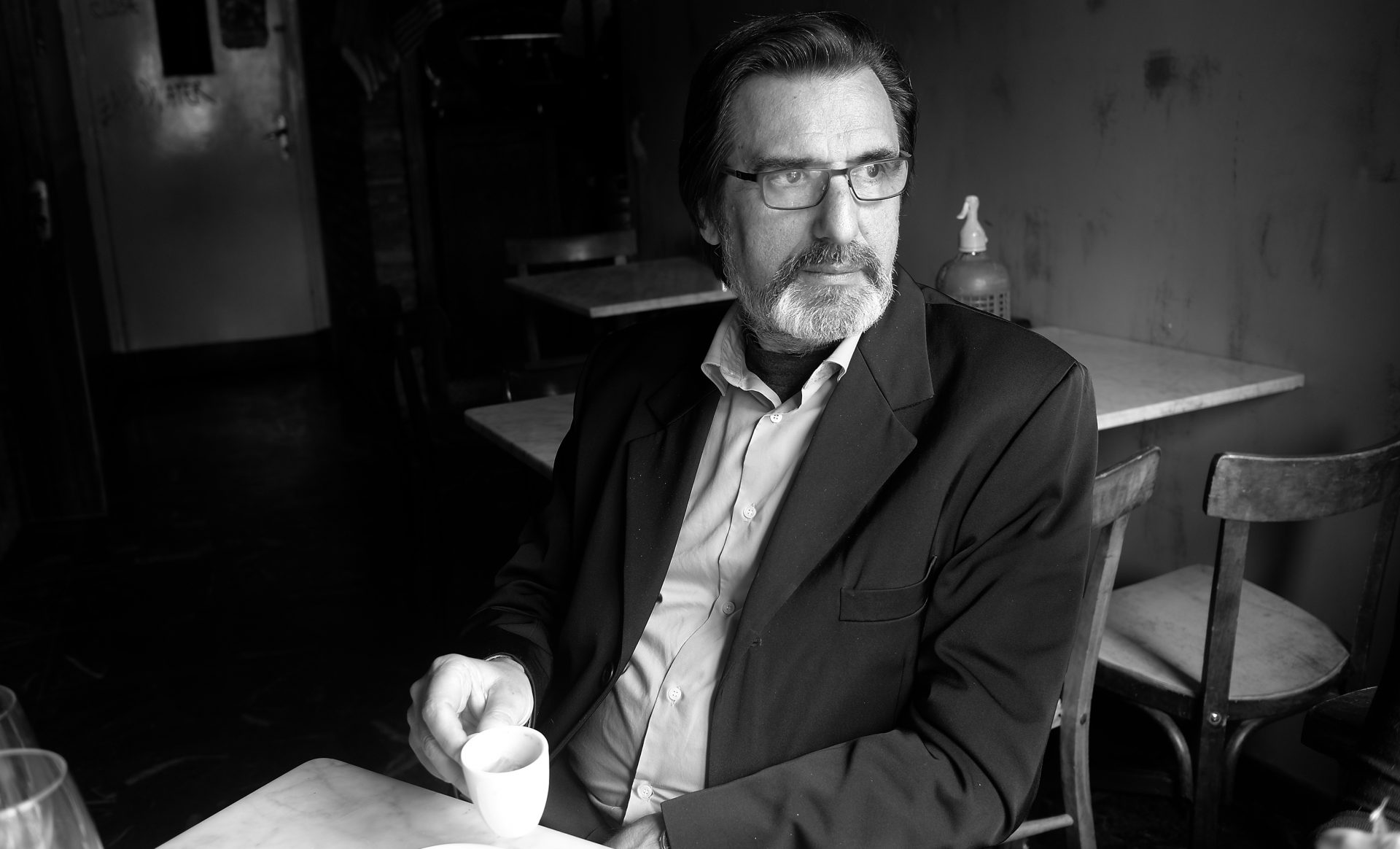Massively consumed and profoundly unknown, the image lends itself in the current time period to unsuspected interpretations as an object of experience and study. This is why it is not strange that the problem of the image is increasingly addressed with greater comprehensiveness and rigor: the problem of its natures and projections, in light of the new analytical tools provided by technology and science. In response to this approach, this book –which was granted the Fundesco Award for Essay in 1992– is as a whole an invitation to the scientific analysis of the image as an impersonation and reproduction of reality from a very broad scope in which the theoretical foundations of semiology, sociology and communication, along with other disciplines, intermingle.
For the author, the image does not communicate messages, rather it speaks only of itself. But one of its faculties is that of substituting the natural landscape for the landscape of our unconscious. Furthermore, the image is nor a natural phenomenon, which is a stimulus for its study. This book’s ambition is to go deeply into the discourse of the image, abandoned and almost always treated as a superficial phenomenon, not consubstantial to discourse and which, furthermore, disturbs when it is analyzed.
As a parallelism to the crisis of identity of the natural and the artificial, culture and nature are combined in our world and the only way to understand their combination is precisely to jump into the study of this transitory reality which is constituted by the most absolute daily nature. The controversy between mental and real images, in which it is debated whether thinking through images is possible or if the latter do nothing more than illustrate the only possible thought, which would be of a linguistic nature, is resolved radically with the affirmation of the existence of the image.
This new gaze towards the iconic leaves behind the dead-end in which semiotics had put the image by equating it to all communicative phenomena. In any case, the thematic rigor and wealth of this book make it one of the most serious attempts carried out in the past years to make sense of the confusing theoretical universe which presupposes the modern discourse of the image, whose roots date back to unsuspected times and continue to become manifest now with a renovated vigor.
CONTENT
I. El mundo imaginado
1. Milagros
2. De la memoria como máquina a la máquina como memoria
3. La ciencia de los milagros
4. Modos de mirar
5. Memoria fotográfica
6. El encanto fotográfico
II. Divide y vencerás
1. La imaginación al poder
2. La política del fragmento
3. La estética del fragmento
4. La sociología del fragmento
5. Del Winchester al mando a distancia
6. El cuerpo del delito
7. La discontinuidad, base y máscara de la interpretación en el cine
8. La ilusion del personaje
9. La ilusión del actor
10. El actor objeto o el objeto del actor
11. En cuerpo y alma
III. El apocalipsis contemplado desde lo alto de la torre olímpica
1. En las bodas de la imagen y el texto
2. La diversidad global
3. La voz de su amo
4. De la razón a la imaginación
5. Films, cómics y publicidad
IV. Prision-eros (la erótica de la cautividad)
1. El falso original
2. De la tira cómica al espacio trágico
3. El marco mental
4. El marco de la historia
5. El marco del retrato
6. El discurso de los marcos
7. La proliferación de los marcos
8. El marco surrealista
V. Dallas
1. El día que la realidad fue tiroteada
Primer acto: Premeditación
Segundo acto: Alevosía
Tercer acto: Nocturnidad
2. El asesinato considerado como una de las bellas artes
3. Venganza
VI. El reino de Mandrake
1. El nuevo paisaje bucólico
2. Sin salida
3. El nuevo mesmerismo
4. In-móvil
5. Alegoría
6. Escrito sobre el viento
VII. Mientras la ciudad duerme
1. Hiperrealidad
2. El turista accidental
3. El mundo del silencio
4. La nueva escatología
5. Capital del dolor
6. La realización del espacio imaginario
VIII. El pensamiento alegórico
1. Guerras radiofónicas
2. La sutura de Eisenstein
3. ¿Hay vida después de la consciencia?
4. La solidificación del pensamiento
5. Génesis del pensamiento visual
6. Transformsaciones
7. Máscaras
Bibliografía
Lista de figuras

